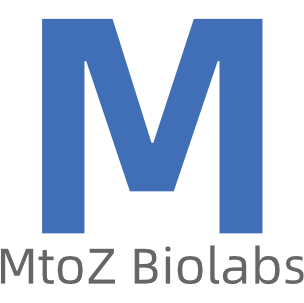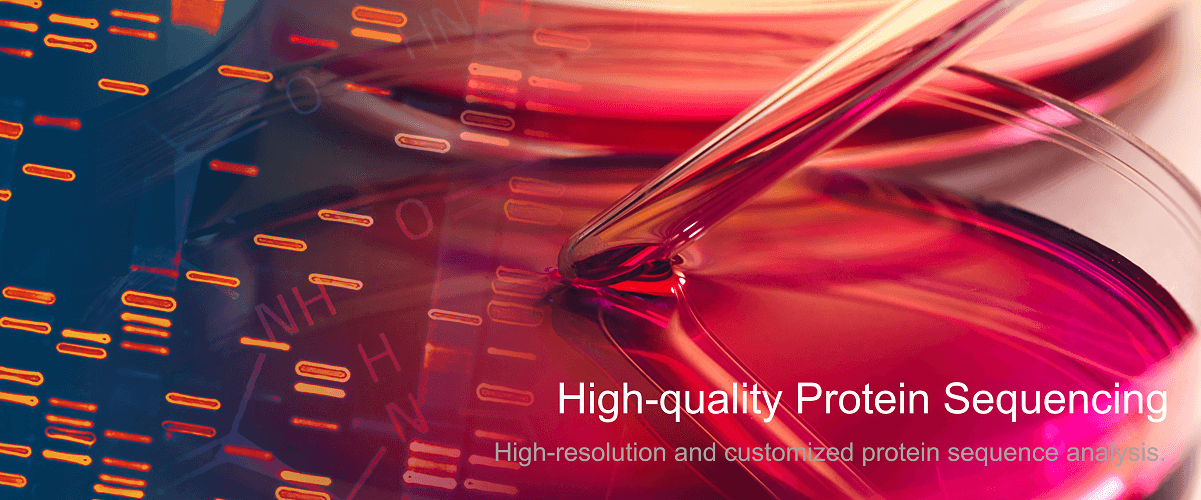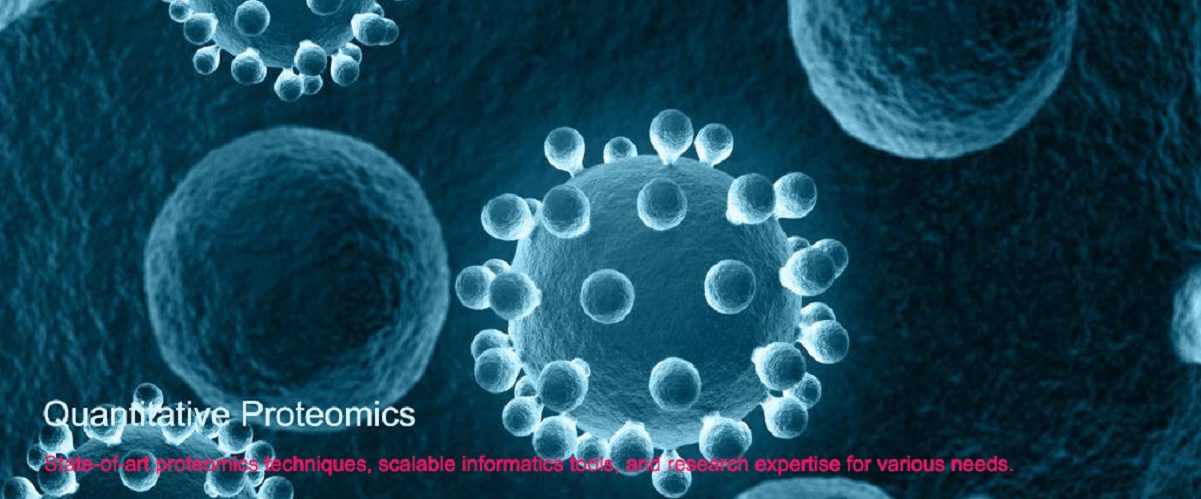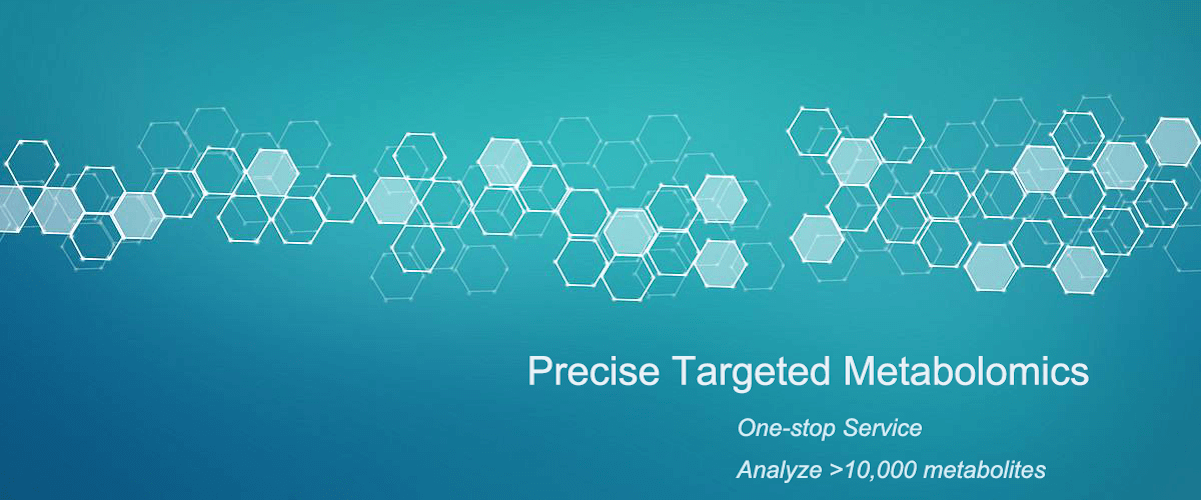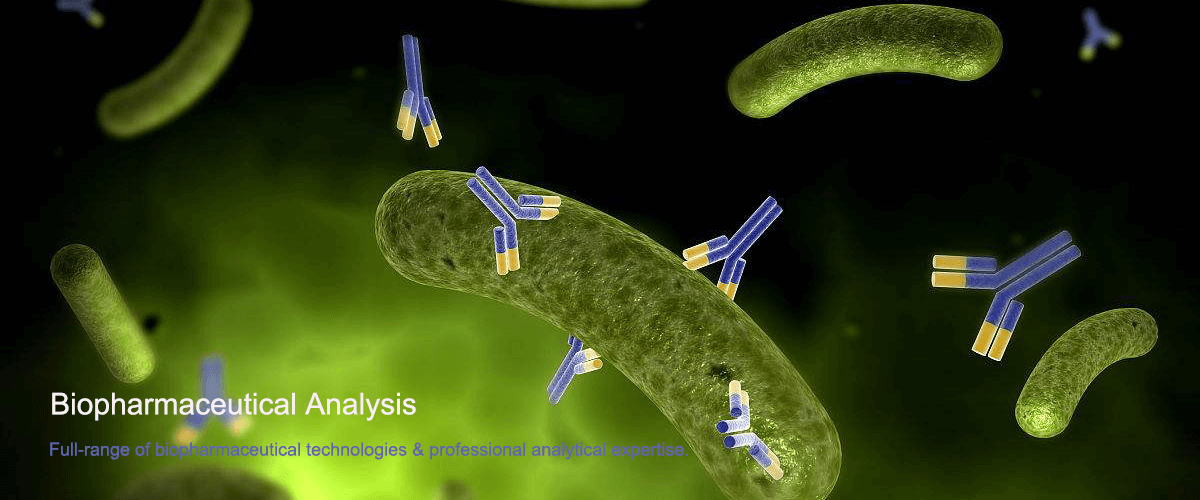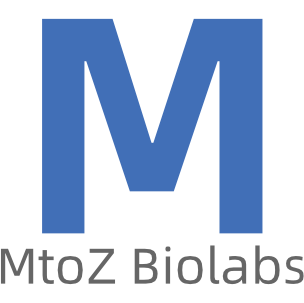MtoZ Biolabs Launches High-Sensitivity Quantitative Phosphoproteomics Service to Advance Cutting-Edge Biomedical Research
Quantitative phosphoproteomics service utilizes advanced phosphopeptide enrichment methods combined with high-sensitivity mass spectrometry to accurately quantify and identify phosphoproteins with low abundance and across a wide dynamic range. Since the late 1990s, advancements in mass spectrometry have transformed phosphoprotein research, shifting from qualitative to quantitative analysis. This evolution has made quantitative phosphoproteomics essential for understanding cell signaling, disease mechanisms, and drug discovery.
MtoZ Biolabs' quantitative phosphoproteomics service addresses the challenges associated with low-abundance and wide-dynamic-range phosphorylated proteins. By leveraging advanced enrichment techniques such as titanium dioxide (TiO₂) and immobilized metal affinity chromatography (IMAC), along with targeted antibody-based methods, we ensure comprehensive and precise phosphoproteome analysis. The integration of iTRAQ/TMT labeling technologies further enhances detection sensitivity and quantitative accuracy, enabling in-depth exploration of critical signaling pathways and molecular mechanisms.
Technical Principle and Workflow of Quantitative Phosphoproteomics Service at MtoZ Biolabs
Mass spectrometry-based phosphoproteomics solutions enable precise analysis of phosphorylation as a key post-translational modification, which adds a phosphate group to proteins, increasing the molecular mass by 79.97 Da. High-resolution mass spectrometry (HRMS) enables precise localization of phosphorylation sites through the detection of mass shifts and fragmentation spectra, supporting both qualitative and quantitative analyses of phosphoproteins.
At MtoZ Biolabs, our quantitative phosphoproteomics service leverages HRMS and a streamlined workflow to ensure efficient sample preparation, targeted enrichment, and precise data analysis. The key steps are outlined below:
1. Sample Preparation
Proteins are extracted from cell, tissue, or body fluid samples using cryogenic lysis, ultrasonic disruption, or chemical lysis to maintain protein integrity. Protein concentration and quality are assessed using methods such as BCA assays or SDS-PAGE to ensure compatibility with downstream enzymatic digestion and analysis.
2. Digestion and Labeling
Total proteins are enzymatically digested into peptides using trypsin. To facilitate simultaneous quantification of multiple samples, isotopic labeling techniques, such as iTRAQ or TMT, are applied to the peptides. Strict control of reaction conditions, including temperature and pH, ensures high labeling efficiency and peptide stability.
3. Enrichment of Phosphopeptides
The quantitative phosphoproteomics service addresses the low abundance of phosphoproteins by employing TiO₂-based or IMAC methods for the selective enrichment of phosphopeptides. For targeted phosphorylation studies, MtoZ Biolabs provides serine/threonine or tyrosine phosphorylation-specific antibody enrichment, enabling precise capture of modified peptides while minimizing nonspecific interactions.
4. Mass Spectrometry Analysis
Enriched phosphopeptides in this service are analyzed using HRMS platforms. MS1 scans determine peptide precursor masses, while MS2 fragmentation spectra provide accurate localization of phosphorylation sites. Advanced acquisition modes, including dynamic exclusion and multi-stage fragmentation monitoring (MS/MS), enhance data depth and reliability.
5. Data Analysis
Acquired mass spectrometry data are processed with specialized bioinformatics tools, such as MaxQuant or Proteome Discoverer, to identify phosphoproteins and their modification sites. The MtoZ Biolabs bioinformatics team delivers comprehensive results, including quantitative comparisons, functional enrichment analyses, and detailed pathway network visualizations.
Why Choose MtoZ Biolabs?
Our primary advantages include:
1. Optimized Enrichment and Highly Sensitive Detection
Utilizing state-of-the-art phosphoprotein enrichment methodologies combined with highly sensitive mass spectrometric analyses, we enable the precise identification and localization of phosphorylated proteins with accuracy.
2. Reduced Inter-Sample Variability
Through iTRAQ/TMT labeling technologies, MtoZ Biolabs significantly mitigates variability both within and between samples, thereby ensuring a robust and reliable framework for quantitative phosphoproteomics service.
3. Enhanced Detection of Low-Abundance Phosphoproteins
Our platform is specifically optimized to detect low-abundance phosphorylated proteins, achieving exceptional sensitivity and comprehensive coverage, thereby facilitating in-depth exploration of critical signaling pathways within complex biological samples.
4. Support for Broad Dynamic Range Analysis
Quantitative phosphoproteomics service at MtoZ Biolabs is designed to accommodate a broad dynamic range, addressing the diverse and multifaceted research requirements of complex and multi-layered biological systems.
5. One-Time-Charge
Our pricing is transparent, no hidden fees or additional costs.
6. High-Data-Quality
Deep data coverage with strict data quality control. AI-powered bioinformatics platform integrates all quantitative phosphoproteomics analysis data, providing clients with a comprehensive data report.
Applications
MtoZ Biolabs' quantitative phosphoproteomics service is widely applied across various critical areas of biomedical research, including:
1. Neurodegenerative Diseases
Through in-depth profiling of phosphorylation dynamics within the nervous system, quantitative phosphoproteomics analysis helps uncover the molecular mechanisms underlying neuronal dysfunction and the progression of diseases such as Alzheimer's and Parkinson's.
2. Mechanisms of Tumorigenesis
Using state-of-the-art phosphoproteomics technologies, MtoZ Biolabs maps signaling pathways and phosphorylation networks in tumor cells. These analyses identify pivotal regulatory factors that drive tumor initiation, growth, and drug resistance, thus laying the groundwork for precision medicine and tailored therapeutic approaches.
3. Drug Target Identification
With precise quantitative analysis of how drugs influence phosphorylation signaling pathways, this approach facilitates the discovery of disease-associated drug targets. Quantitative phosphoproteomics service also validates the regulatory impacts of drugs on key signaling molecules, providing robust scientific evidence for drug development and therapeutic enhancement.
What Could be Included in the Report?
1. Comprehensive Experimental Details
2. Materials, Instruments, and Methods
3. Total Ion Chromatogram & Quality Control Assessment (project-dependent)
4. Data Analysis, Preprocessing, and Estimation (project-dependent)
5. Bioinformatics Analysis
6. Raw Data Files
MtoZ Biolabs, an integrated chromatography and mass spectrometry (MS) services provider.
Related Services
How to order?

